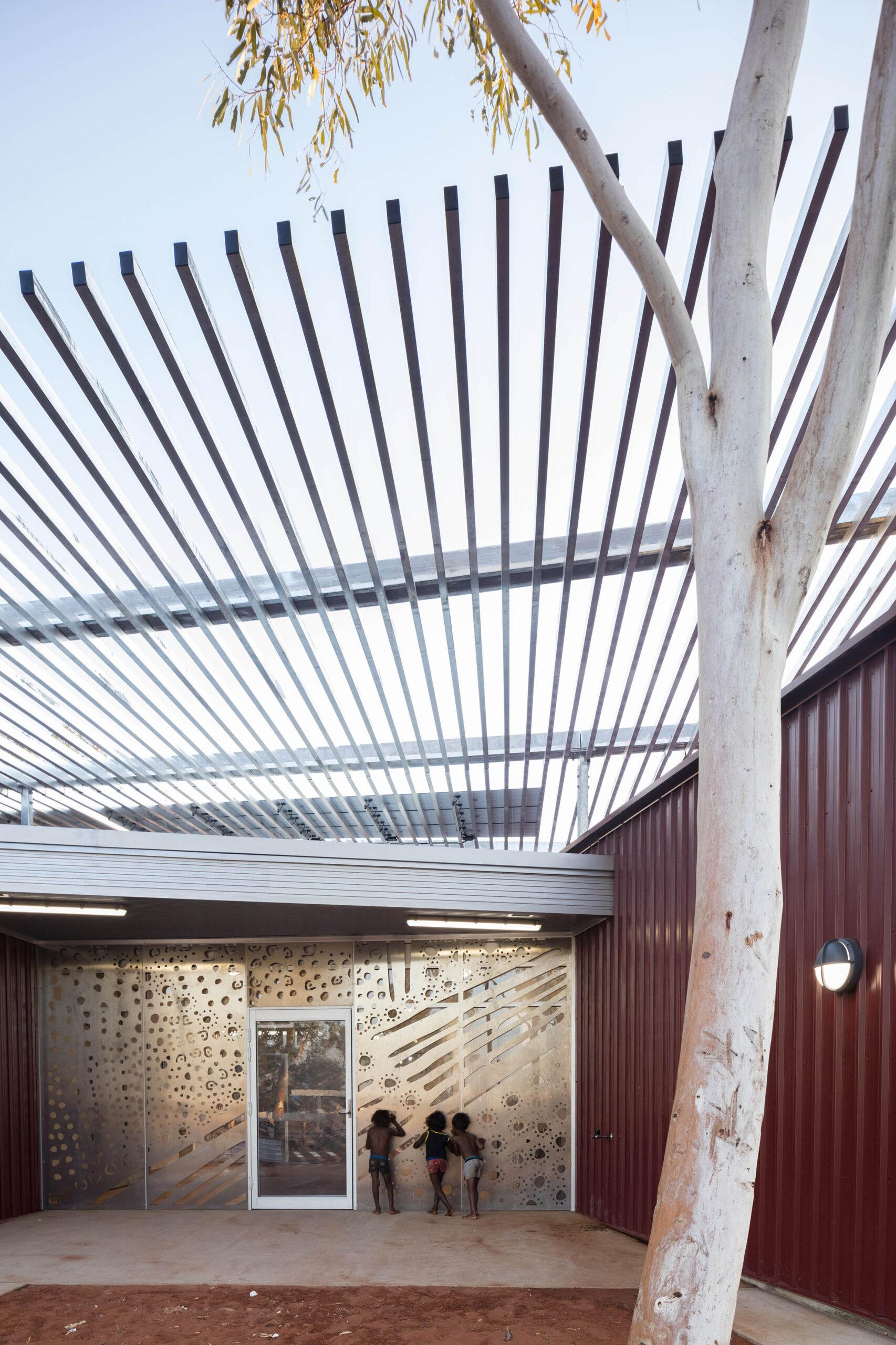
Session Partner: Alspec
Session 1C (S1C)
When: 9:00am–11:00am, Saturday, 03 May
Where: Sound Lounge, Seymour Centre, University of Sydney
CPD: 2 Formal Points
All architects work on Country, but how can they work with and for Country? This interactive workshop, led by Mawambul Design & Cultural Consultancy, explores practical strategies for strengthening relationships with Country and First Nations peoples. By prioritising Country in design and decision-making, participants will gain insights into embedding meaningful cultural engagement into their practice.
As the ‘Design with Country’ approach gains momentum in the built environment sector, the Connecting with Country Framework (2023) serves as a key guide in NSW. With a review scheduled for 2027, there remains a critical window to deepen its impact. This session asks:
How can we amplify the voice of Country and ensure better outcomes for both Country and community if our relationships and knowledge remain limited?
True collaboration requires truth-telling, respect, unity, and a willingness to “look, listen, and learn” (Uncle Paul Gordon, 2025). This session is an opportunity to reflect on your existing relationships with Aboriginal communities and to develop a more authentic, mutually beneficial practice that places Country first.
Beau de Belle was born in the regional city of Tamworth in Kamilaroi Country in Northern NSW, his connection to his Gamilaraay & Gomeroi heritage profoundly influences his artistic and design pursuits.
He recently completed his PhD at RMIT via the prestigious Vice Chancellor, Indigenous pre-doctoral Research Fellowship. His doctoral research titled ‘Message Stick Protocols’ was an innovative project exploring the ways in which architects can play a pivotal role in fostering community-led architecture, placing a strong emphasis on the importance of engaging with communities and adhering to cultural protocols. These elements are critical for promoting sustainable development that is both respectful and reflective of the needs and values of Aboriginal communities.
David is a proud Aboriginal man Traditionally connected to the Wiradjuri and Ngemba/Wongaibon groups of central and north-west NSW through the Glass/Williams families. A respected and qualified Aboriginal cultural educator, David brings over 25 years’ experience in Aboriginal community engagement, the public and not-for-profit sectors, and a specialty in Aboriginal culture, education and training. He holds extensive networks across Newcastle, the Hunter Region and NSW.
David brings a poignant Indigenous lens to his work, informed by Traditional Aboriginal philosophy and culturally responsive practice. David has specialised research experience in cultural and social contexts, Traditional Aboriginal philosophy, and cultural practice under Traditional Aboriginal Lore. His connections to many Aboriginal communities balanced with embedded, Country-based knowledge systems, are invaluable for projects
Heather is an accomplished researcher, strategist, and engagement specialist with over 15 years of experience spanning the worlds of academia, policy development, strategic planning and infrastructure delivery.
Heather’s career has spanned roles in both Australia and the USA, where she has led research, engagement, and planning projects. This makes her adept at tailoring her approach to meet the unique needs of each client and community. As a non-Indigenous person, she is deeply committed to fostering a culturally responsive workplace and actively supports teams in building cultural capability while working to reduce the cultural load for Indigenous colleagues and stakeholders. Through her work, she strives to create inclusive spaces that empower individuals and communities to thrive.
Image: Punmu and Parnngurr Aboriginal Health Clinics | Kaunitz Yeung Architecture | Photographer: Brett Boardman

The Australian Institute of Architects acknowledges First Nations peoples as the Traditional Custodians of the lands, waters, and skies of the continent now called Australia.
We express our gratitude to their Elders and Knowledge Holders whose wisdom, actions and knowledge have kept culture alive.
We recognise First Nations peoples as the first architects and builders. We appreciate their continuing work on Country from pre-invasion times to contemporary First Nations architects, and respect their rights to continue to care for Country.